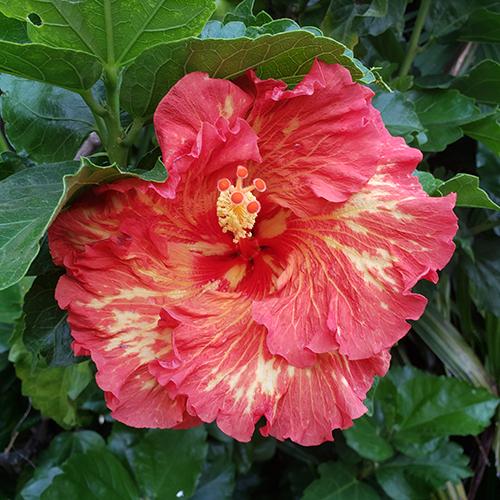
Benefits of Hibiscus
Hibiscus helped save our puppy We found a pedigree Golden retriever for sale for $50 in the local paper. At the time, they were selling
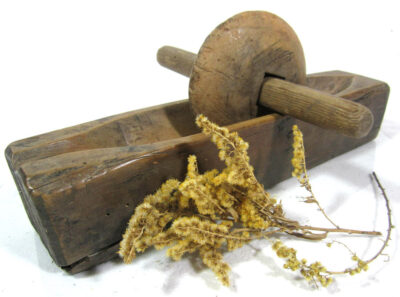
Primitive people and wild animals have been using plants for medicine since before our recorded history. They enjoy a natural alliance with the plants and are guided by an instinctual wisdom in their use of them.
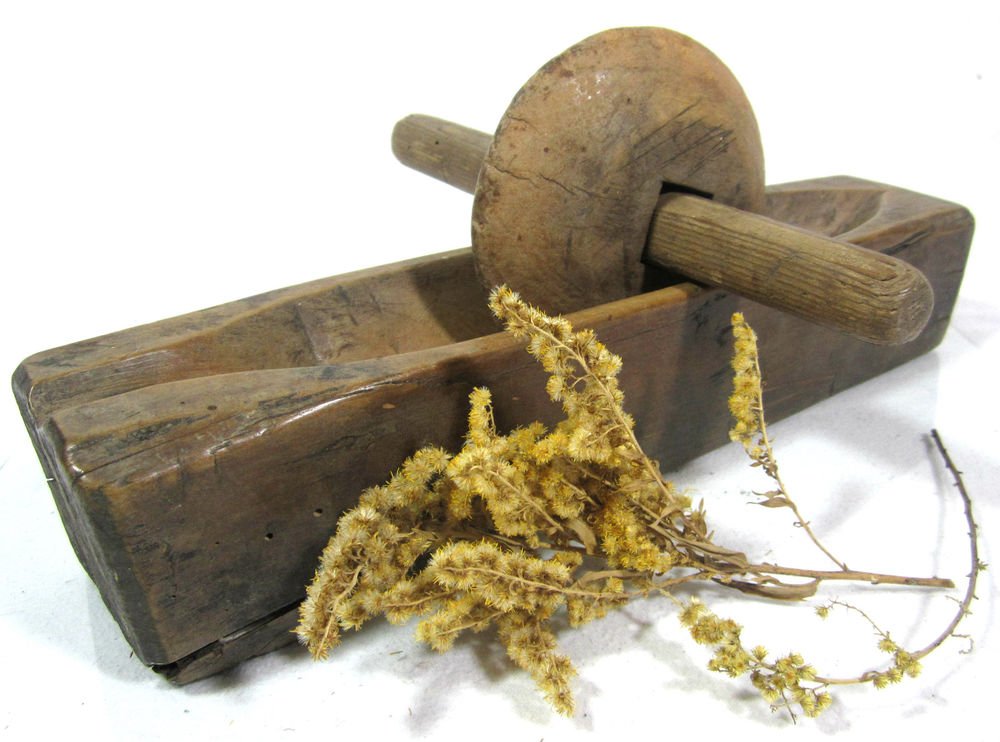
Modern people, having, to some degree, lost this connection, have come to rely on an intellectual understanding of herbs, and how to use them safely. We find that a little education on using herbs for medicine safely is invaluable in this respect.
That’s why we have been teaching herb classes in San Diego since 1985. With an understanding of herb theory and some vocabulary, we may access a massive base of information about using herbs in safe and effective amount.
A number of good books have been published on the subject. There are even several computer programs available.
One way to relieve people’s confusion about herbs is to reconnect them to the herbs in the fields around us. We encourage students to look beyond the plant’s physical manifestation, and attempt to connect with the spirit of the plant, to become intimate with it.
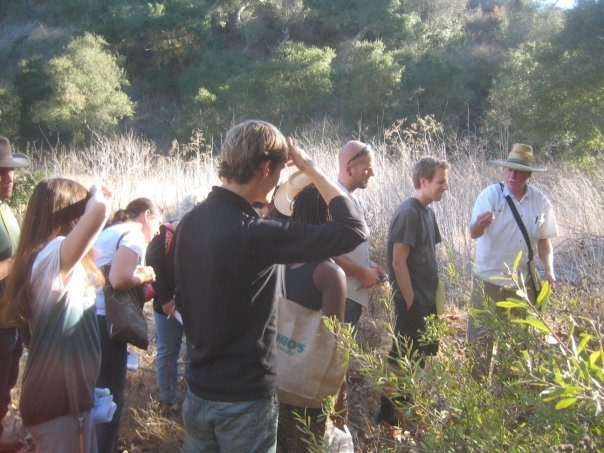
Native plant healers rely on this alliance with the plant spirit to heal.
Poison oak has been a valuable ally for this lesson. We are taught to avoid contact with poison oak. And yet the natives of this region wove it into baskets! They also used it medicinally, chewing the leaves a bit and applying them as a poultice to draw out poisonous venom from snake bites.
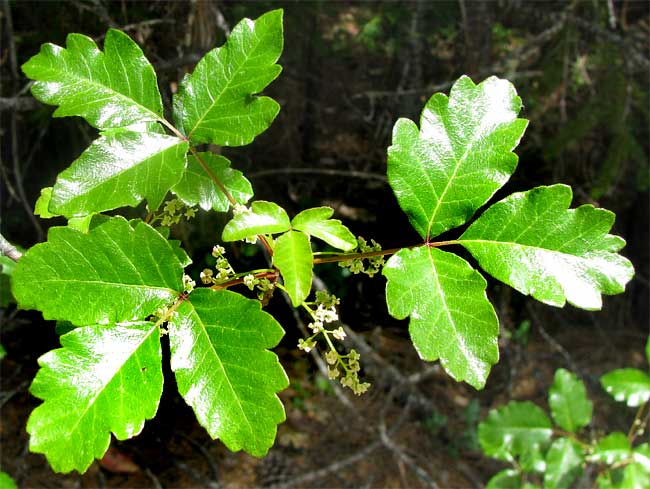
When I demonstrate my relationship with it, I eat some leaves and rub some on my skin, explaining that it is much like it was my dog that I was playing with. It won’t bite me because I have established a relationship with it.
But if someone else came up to it and started messing with it, they might experience a totally different response. They might even get bit!

They might think the dog’s teeth are a problem. But if the dog was their ally and those teeth were protecting them from harm, they would view them in a much different way.
There are some herbs that are very powerful. Their active medicinal principles are their “teeth.” Alkaloids, glycosides, tannins and essential oils can be seen as potentially dangerous if viewed or used as isolated components of an alien life form.
It would seem necessary to require special pharmaceutical experience to use them. Yet these principals exist in an immaculate harmony with other components in the plant body. After all, plants have had several billion years to evolve, physically and spiritually.

That is why they are so helpful in restoring our physical balance and harmony of spirit.
Of course, there are a few plants that are extremely powerful, and should be treated as such. These include some of our garden favorites including Oleander, Foxglove and Larkspur. Children should be warned not to put any parts of them in their mouths.
The lovely Larkspur, Delphinium consolida, contains an alkaloid, delphinine, an irritant poison, contained especially in the seed. An alcohol extract of the seeds acts as a parasiticide and insecticide.
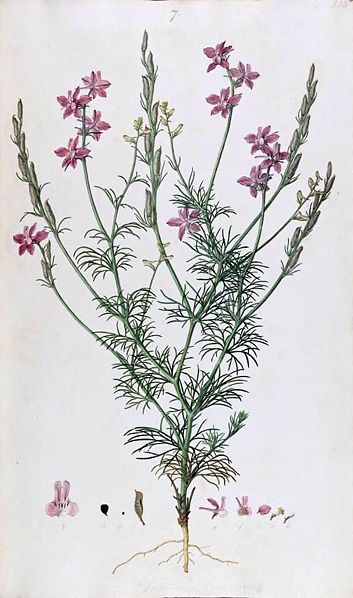
We have used the extract to poison head lice. It was used in the trenches during World War I for this purpose.
Many herbs are mild in action, not containing substances that would cause concern in almost any dose. These include the condiment herbs, such as parsley and ginger.
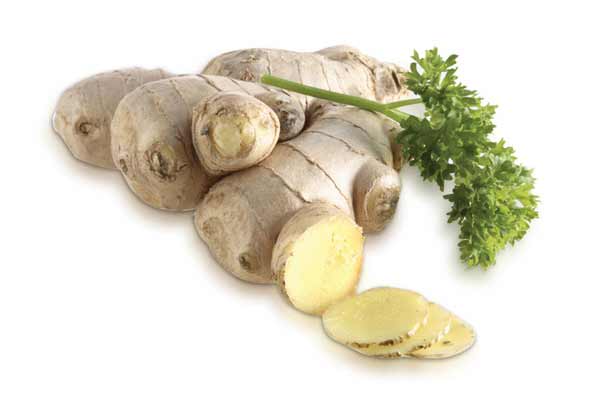
But there are also a great number of mild tonic herbs that can be used like food, such as nettle, oatstraw, and the sea weeds. The FDA maintains a list of herbs that are Generally Recognized As Safe (the GRAS list).
Used with respect and understanding, herbs can be valuable tools in our pursuit of improved health. As with any tool, it is the knowledge and experience we gain that allows us to use them safely.
Teaching comprehensive holistic education since 1985.
We are currently offering interactive hybrid courses including Herbal Fundamentals, Energy Healing, Aromatherapy and Clinical Herbology
Hybrid means you may choose to participate in each individual class in the hybrid course online or in person.
All of our products are made with love from organic, all-natural and ethically sourced ingredients.
We began making and perfecting our own herbal remedies more than thirty years ago and offer our favorite products for purchase.

Hibiscus helped save our puppy We found a pedigree Golden retriever for sale for $50 in the local paper. At the time, they were selling
Hawthorn Berry Hawthorn is known as the heart herb for its many benefits as a heart tonic. The berry has been a key part of
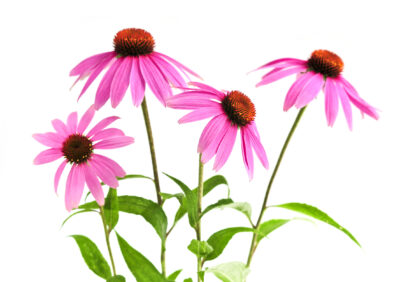
Can you take herbal supplements to arm your immune system? You probably know that zinc, vitamin D and vitamin C are gotta-have-its. How about herbal
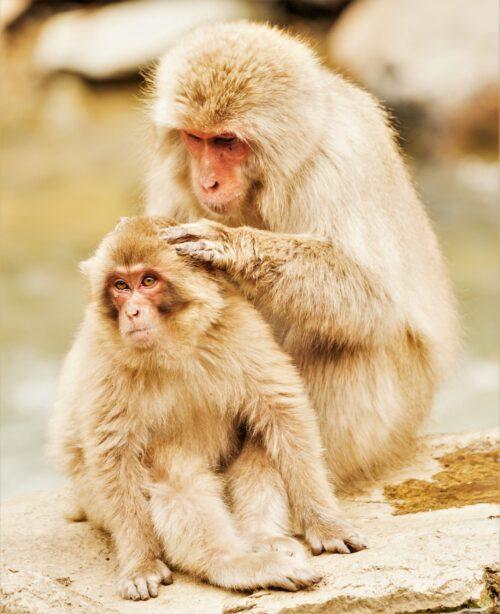
While attending San Diego State College in the early seventies, my work-study job was in the vivarium, a room for keeping and raising animals for